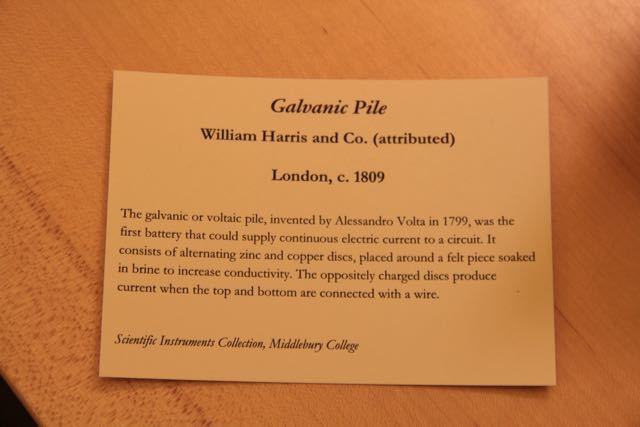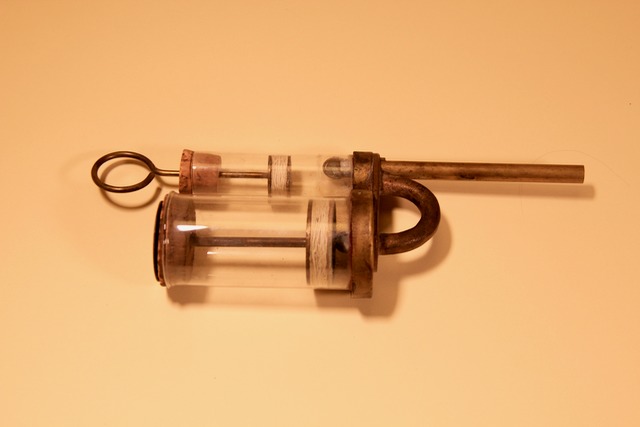Conclusions
While the voltaic pile gave scientists a peek into the inner workings of electricity, other inventions such as the air pump made other aspects of nature like air visible for anyone to see. Both devices opened up a new world of possibilities for experimenters to explore and gave humans the ability to make concepts once invisible as tangible as the physical instruments. Specifically, the air pump differs from the voltaic pile because the pump reveals a different part of the world, but in essence, the pump and voltaic pile are quite similar. Scientists from around the globe, from Middlebury, Vermont to Austria used both devices to understand a new part of the world, communicating their findings and creating a global scientific community.
Not only was the voltaic pile a new scientific instrument, but it also proved popular among the public as well as politicians, who were fascinated with the concept of controlling electrical energy. In one instance, Alessandro Volta, the creator of the voltaic pile, showed his invention to Napoleon, who was reportedly “amazed” with the device (Edwards, 2). Unlike any other objects at the time, the voltaic pile was able to actually show electricity in a controlled setting. Sir Humphry Davy, a professor at the new Royal Institution in England built a gigantic battery with “2,000 pairs of copper and zinc plates”, capable of producing an “electric arc between carbon electrodes”(Copper, 1). Not only did the voltaic plate provide popular entertainment, but it also advanced industry, leading to discoveries like the electrolysis of water and the electric telegraph. (Copper, 1). Such demonstrations of mastery over nature awed people and ultimately exposed long-hidden parts of the natural world.




